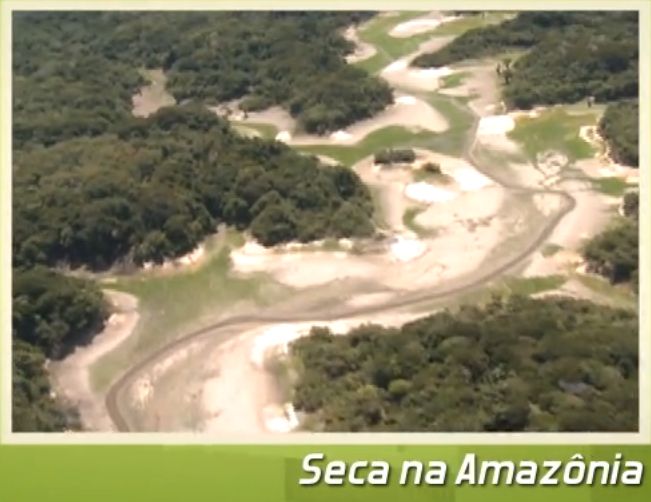Amazon rainforest does not adapt to increased droughts

Amazon rainforest does not adapt to increased droughts
Droughts in one region of the Amazon can lead to less moisture elsewhere, and trees may not adapt quickly enough to survive.
Danielle Beurteaux EOS
The water cycle in the Amazon rainforest relies heavily on moisture recycling through atmospheric processes as well as on vegetation.
As water from precipitation evaporates, some stays in the local atmospheric region, and some is transported to other areas by wind, explained Nico Wunderling, a postdoctoral researcher at the Potsdam Institute for Climate Impact Research. “For many parts of the Amazon rainforest, up to 50%, or even more, of the entire rainfall comes from this atmospheric moisture recycling,” he said.
Trees are also a part of this moisture recycling network, as they extract water from soil and release it through their leaves (transpiration) and intercept precipitation that can evaporate before infiltrating the soil (interception).
The entire rain forest can be considered a single network connected through atmospheric moisture recycling. When moisture recycling is disrupted by events such as drought or deforestation in one region, it results in less precipitation and less water available for other regions.
The Amazon is experiencing increasing incidents of drought and is expected to experience more hydrological extremes in the future.
“Our question was, well, if that’s the case, what will happen to the Amazon rainforest [upon] being exposed to these droughts?” asked Wunderling, lead author of a new study published in the Proceedings of the National Academy of Sciences of the United States of America.
A Domino of Drought
Wunderling and his fellow researchers used a dynamic network model to analyze historical rainfall and drought intensity in the Amazon, spanning the 20 years from 1984 to 2003. They modeled each part of the rainforest as a possible element contributing to a tipping event, using each year as the “new normal” climate.
A tipping event, explained Wunderling, happens when the rain forest can no longer survive as a rainforest. Prolonged droughts and insufficient moisture can contribute to a tipping event that transforms a rain forest ecosystem into an environment resembling a savanna. “Increasingly, if this drought intensity is above a certain threshold, then we have a straight transition from a forest state to this savanna state,” said Wunderling.
Savanna vegetation has lower tree cover and transports less moisture, an environmental change that has serious consequences for regions not directly affected by drought. A regional drought “can actually lead to these cascading tipping events,” said Wunderling. “[If] one of these parts loses forest, then another 30% of subsequent trees will also die.”
The research “really highlights the importance of what this actual local-scale tipping can do to cascade through the Amazon,” said Chris Boulton, a research fellow at the Global Systems Institute at the University of Exeter who wasn’t involved with the study.
Adapt and Die
Wunderling noted that some of the Amazon’s trees and other vegetation have successfully adapted to droughts. But plants already struggling with limited water are vulnerable because the climate is changing more quickly than they can adapt—a new and surprising finding, he said.
“Climate change is happening at such a fast pace [that] these past adaptations are likely not sufficient for some parts of the rain forest to survive.”
“Climate change is happening at such a fast pace,” Wunderling said, that “these past adaptations are likely not sufficient for some parts of the rain forest to survive.”
Although Wunderling’s study is limited to changes in water recycling, it would be interesting to model the effects of deforestation, said Boulton. “That would be a really interesting step, to see how much deforestation you would need to see this amount of cascading tipping,” he said.
A more complex Earth system model would also be useful to see whether the patterns Wunderling and his colleagues identified persist, Wunderling said. “There are already some data showing that there is some kind of transition, not to a complete savanna state yet, but already from a rain forest to an open-canopy state.”
—Danielle Beurteaux (@daniellebeurt), Science Writer
Citation: Beurteau, D. (2022), The Amazon rain forest can’t keep up with droughts, Eos, 103, https://doi.org/10.1029/2022EO220442. Published on 14 September 2022.
in EcoDebate, ISSN 2446-9394
A manutenção da revista eletrônica EcoDebate é possível graças ao apoio técnico e hospedagem da Porto Fácil.